Douro Valley (Wine Region)
Its terraced vineyards, carved into steep schist hillsides, form a unique landscape that has been shaped by human hands for over two millennia.
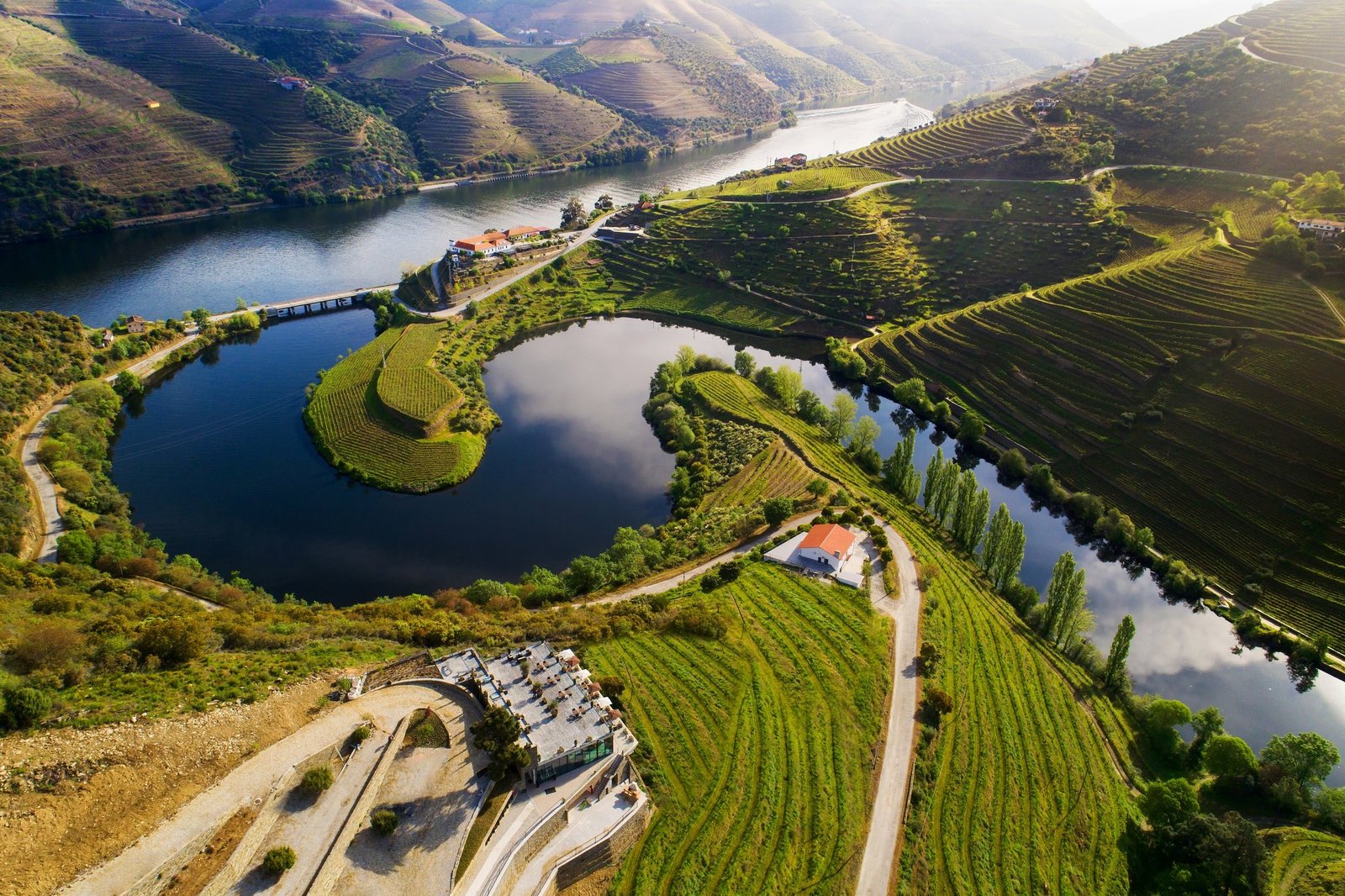
The Douro Valley, located in northern Portugal, is one of the most iconic and historically significant wine regions in the world. Stretching along the Douro River from the Spanish border to the city of Porto, this region is globally renowned for being the birthplace of Port wine and for producing high-quality still wines under the Douro DOC designation.
Wine production in the Douro dates back to Roman times, but it was in the 17th century that the region gained international recognition, particularly through its trade with Britain. The Methuen Treaty of 1703 gave Portuguese wines a privileged position in the British market, which led to the growing demand for the fortified wine now known as Port. In 1756, the Douro Valley became the world’s first officially demarcated and regulated wine region, thanks to the Marquês de Pombal’s initiative to combat wine fraud and ensure quality standards. This historic decision laid the foundation for modern wine appellation systems used around the globe.
Today, the Douro Valley is a UNESCO World Heritage Site, not only for its cultural and agricultural value but also for its striking beauty. The region encompasses a mix of traditional quintas (wine estates), small villages, olive groves, and almond orchards, all connected by narrow winding roads and the meandering Douro River. Its climate—hot and dry in the summer, cold in the winter—combined with poor, rocky soils, contributes to the character and complexity of its wines.
More than just a destination for wine lovers, the Douro Valley offers a deeper connection to Portugal’s rural identity, historical resilience, and artisanal traditions. From centuries-old vineyards to family-run wineries, and from heritage towns to scenic river cruises, the Douro invites visitors to experience the richness of one of Europe’s most authentic and enduring wine regions.
Main Points of Interest
The Douro Valley is made up of small towns, historic villages, vineyards, and natural viewpoints that together offer a diverse and enriching experience. Below are some of the must-see places in the region:
Peso da Régua
Often referred to as the capital of the Douro Valley, Régua is the main transit point for visitors exploring the region. It offers:
- Douro Museum, an excellent introduction to the valley’s winemaking history and cultural identity.
- River cruises departing from the pier.
- Wine shops and tasting rooms featuring a wide range of local producers.
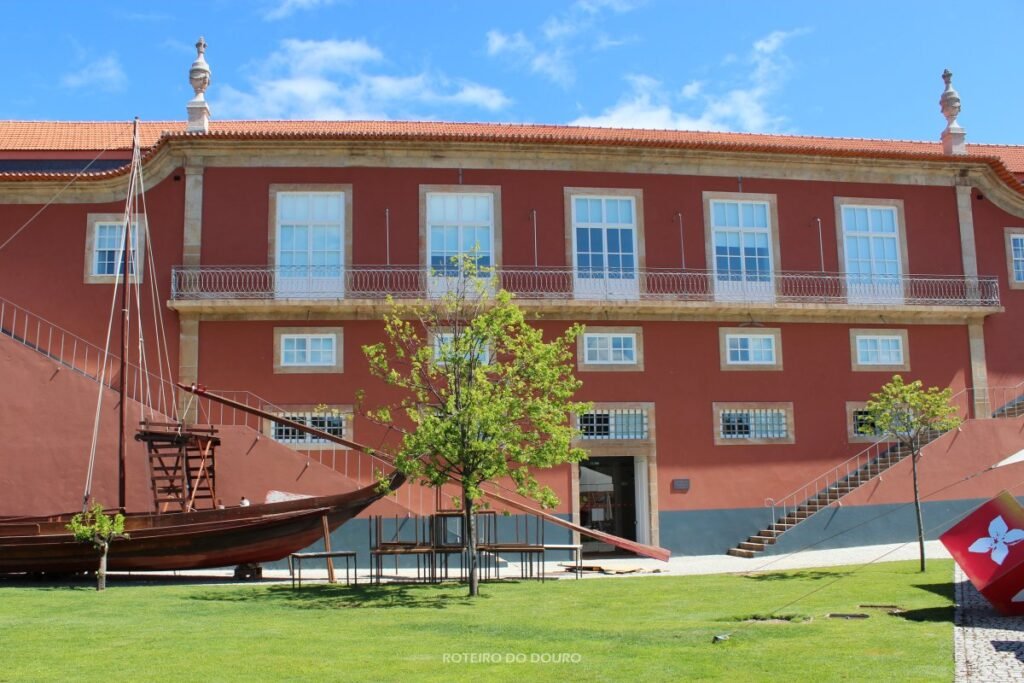
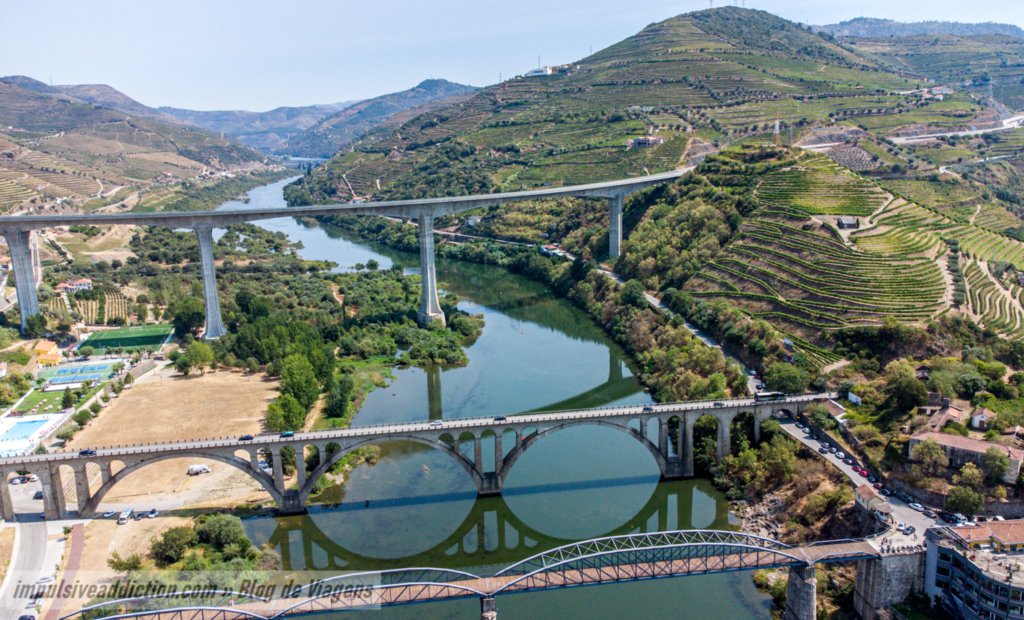
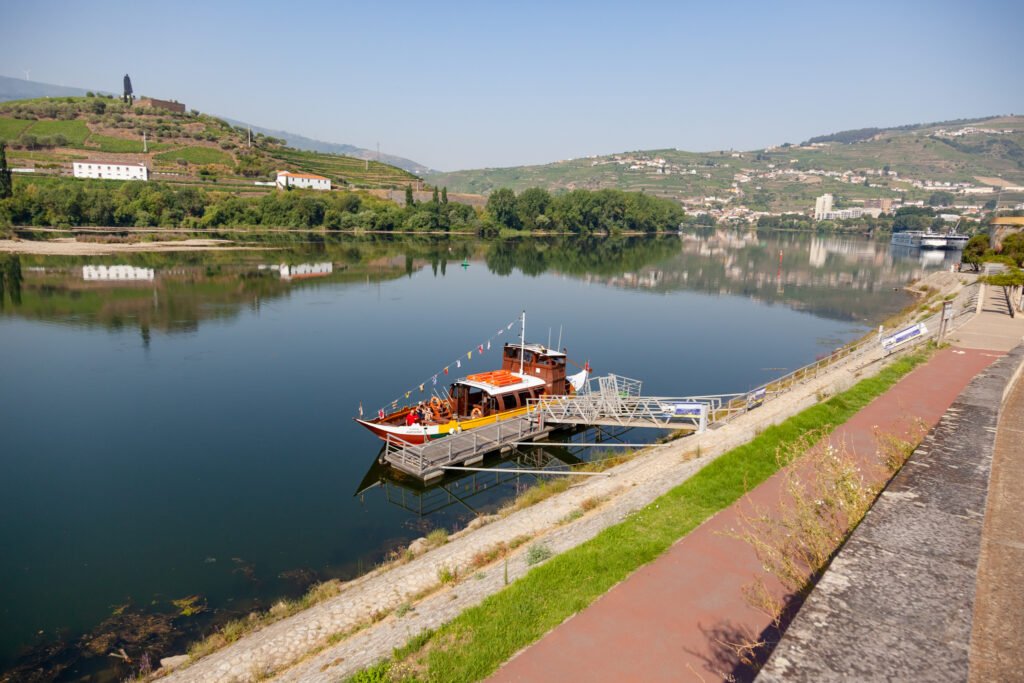

Pinhão
This village is at the heart of the Douro wine-producing area and surrounded by prestigious wine estates. Key highlights include:
- Pinhão Train Station, famous for its 24 tile panels illustrating scenes from the harvest and river life.
- Boat tours from the quay.
- Nearby quintas such as Quinta do Bomfim and Quinta das Carvalhas for wine tastings and vineyard tours.


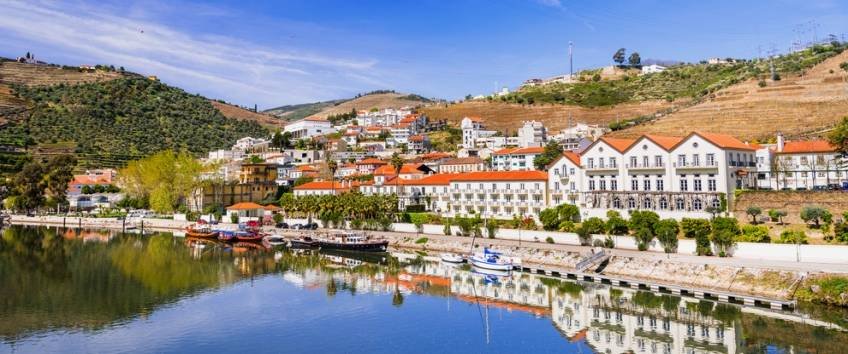

Lamego
Lamego blends religious heritage, architecture, and gastronomy:
- Sanctuary of Nossa Senhora dos Remédios, perched on a hilltop and accessible via a 686-step baroque staircase.
- Lamego Castle and Cathedral, reflecting the town’s medieval importance.
- Local specialties like smoked ham and sparkling wine (espumante).


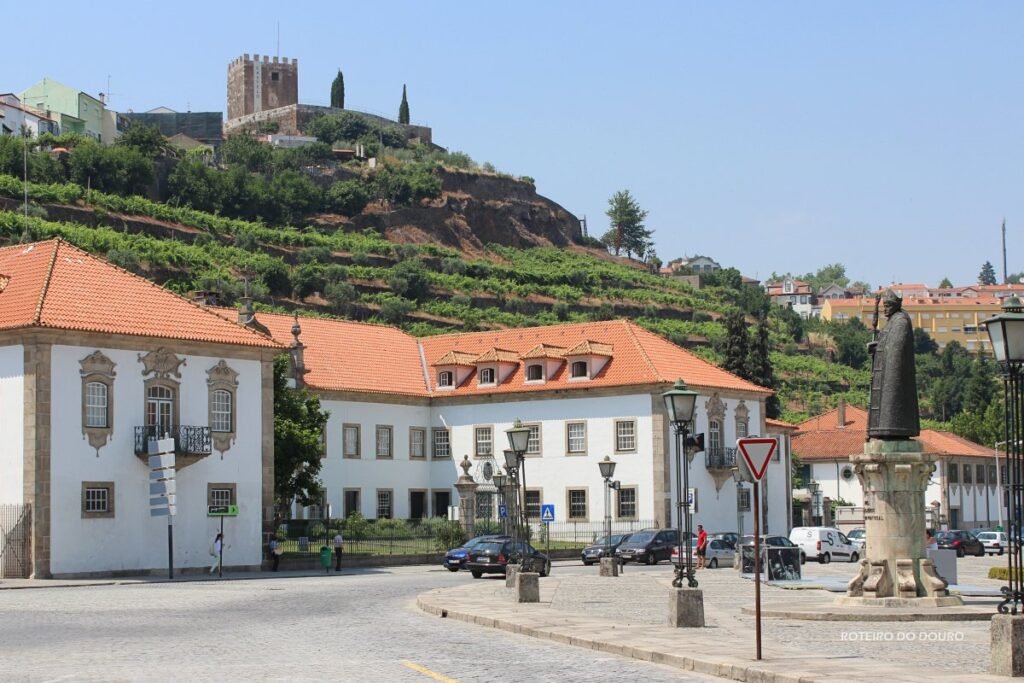

São João da Pesqueira
This is one of the oldest municipalities in Portugal and offers some of the most dramatic views in the valley:
- Miradouro de São Salvador do Mundo, a must for panoramic views over the Douro River.
- Wine Museum and a charming historic centre with granite buildings.



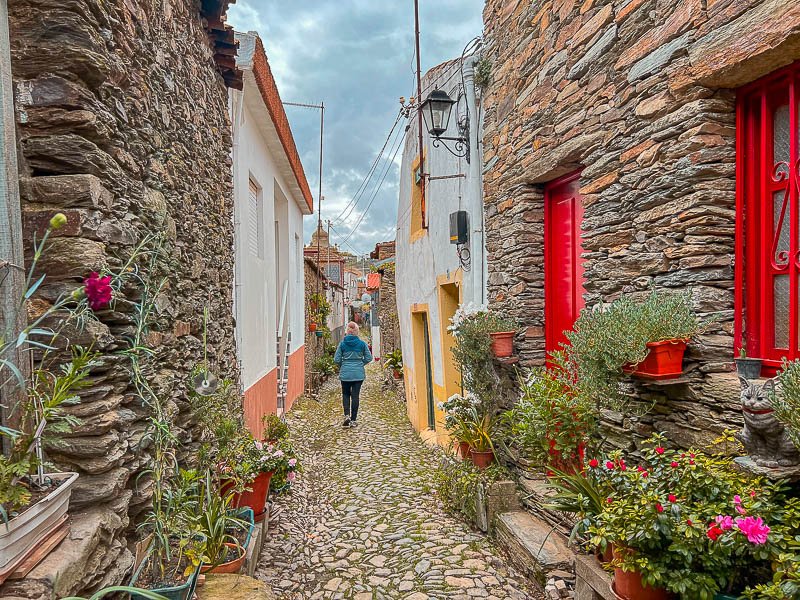
Favaios
Located on a high plateau, Favaios is known for:
- Moscatel de Favaios, a fortified wine that rivals Port in local importance.
- Museu do Pão e do Vinho (Bread and Wine Museum), showcasing traditional methods of production.
- Traditional bakeries producing four-cornered bread, a local delicacy.

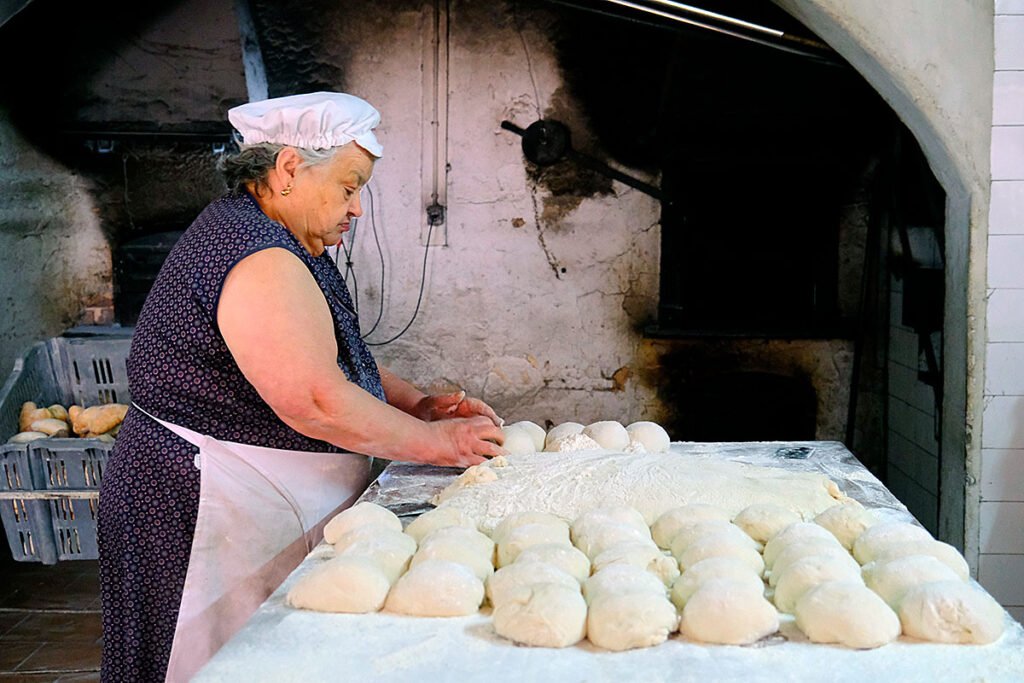


Provesende
A quiet and picturesque village classified as a “Historic Village of Portugal”:
- Traditional manor houses and narrow cobbled streets.
- Views over the Pinhão Valley.
- Access to walking trails through vineyards and olive groves.
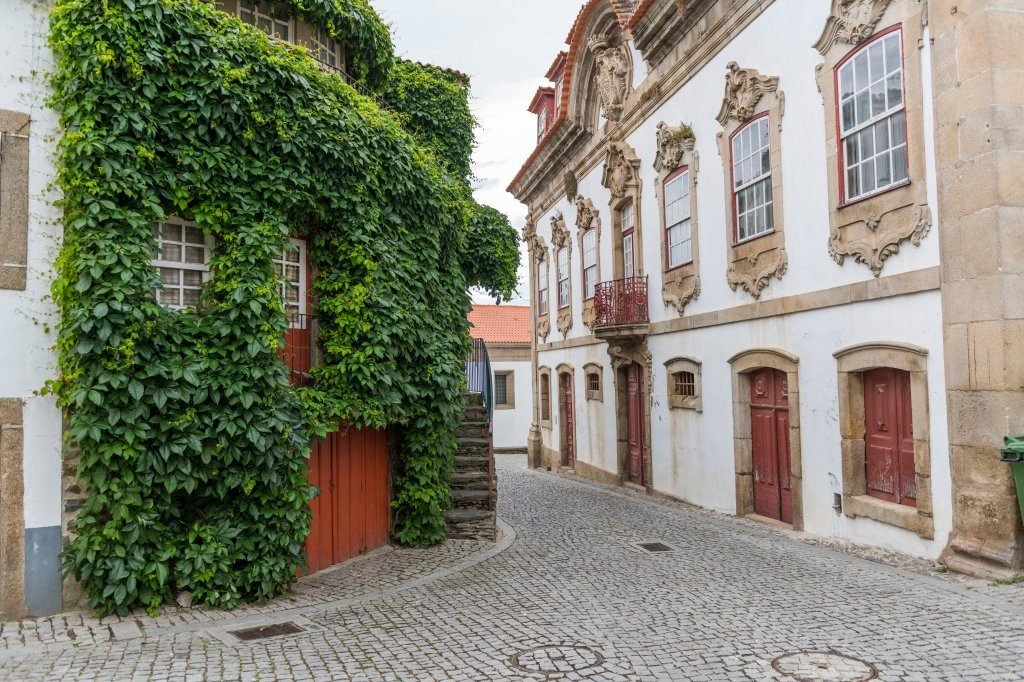
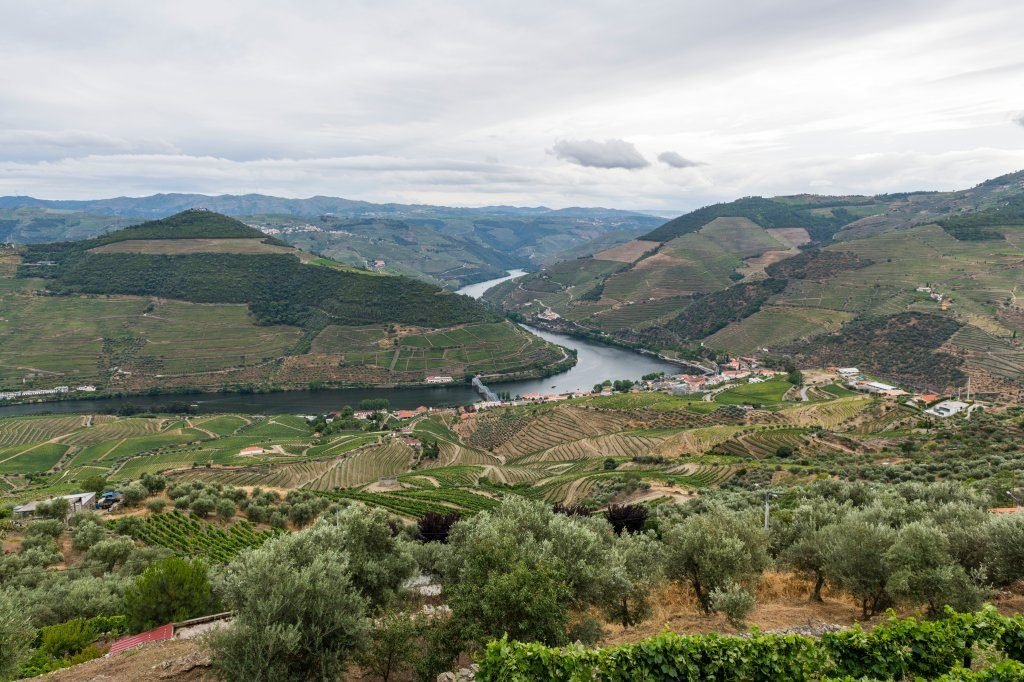
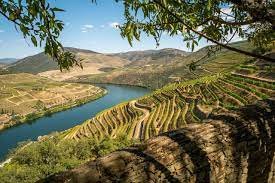

Casal de Loivos
A tiny village just above Pinhão, home to one of the best-known viewpoints in the entire region:
- Miradouro de Casal de Loivos, with wide-open views of the river and terraced slopes.
- Small family-owned producers offering informal tastings.
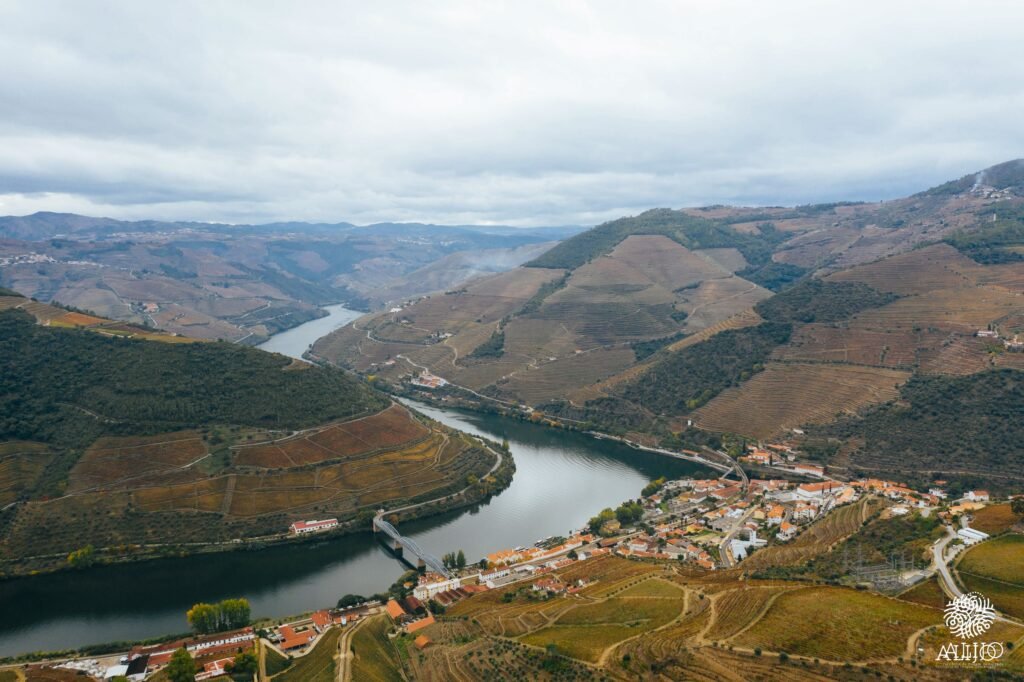
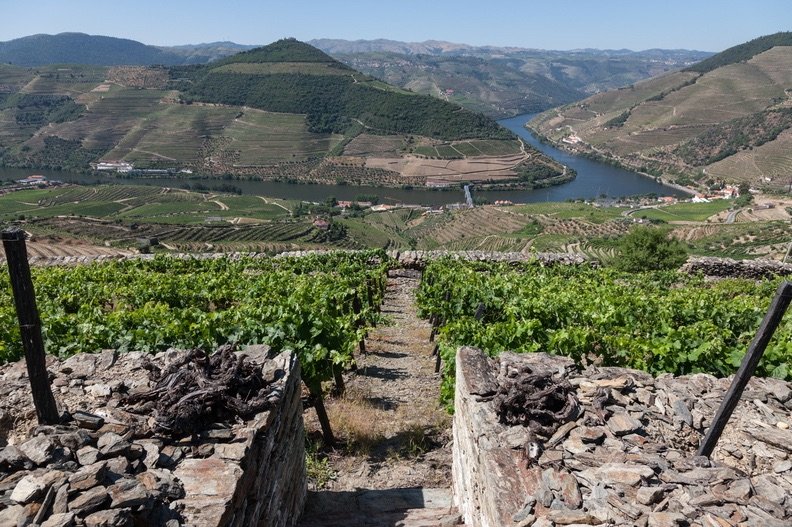
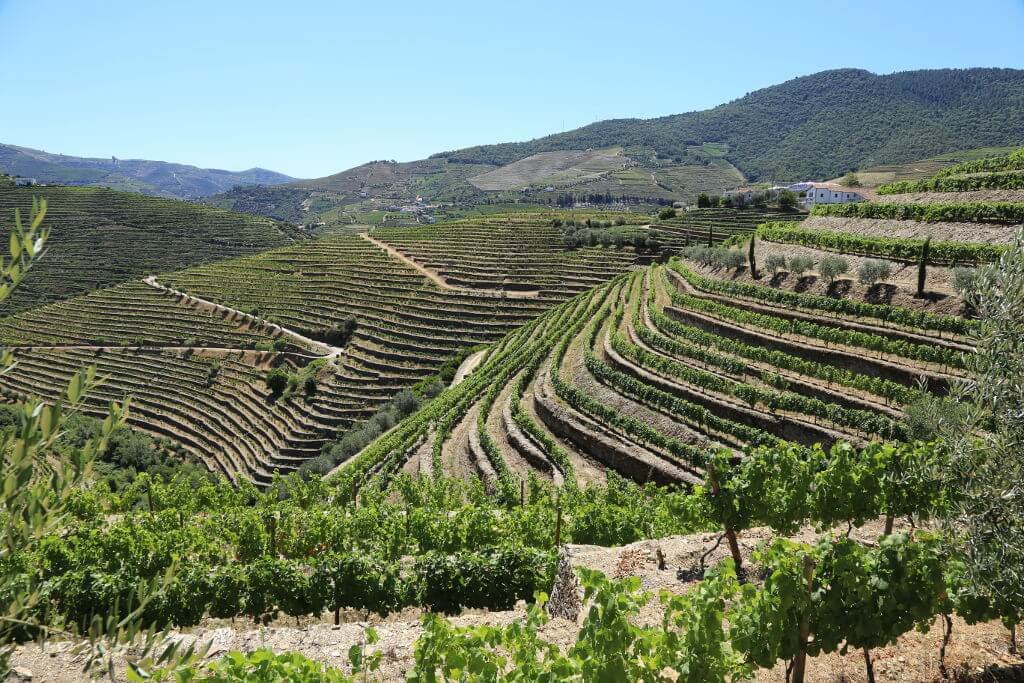
Vila Nova de Foz Côa
This town marks the eastern edge of the Douro wine region and is known for its prehistoric art:
- Côa Museum and the Côa Valley Archaeological Park, home to open-air Paleolithic rock engravings.
- Vineyards producing excellent Douro Superior wines.
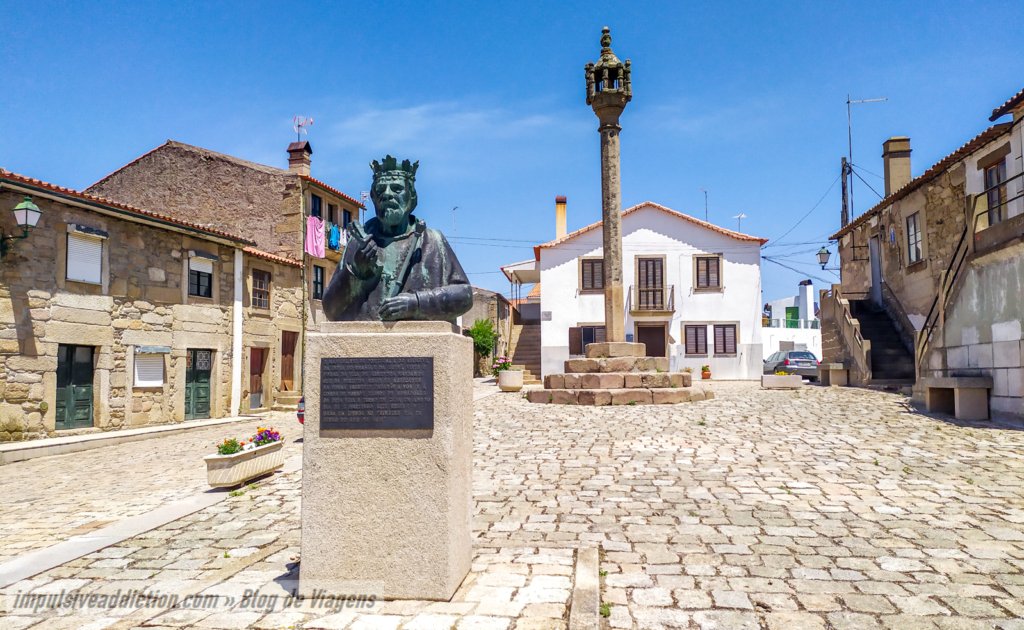
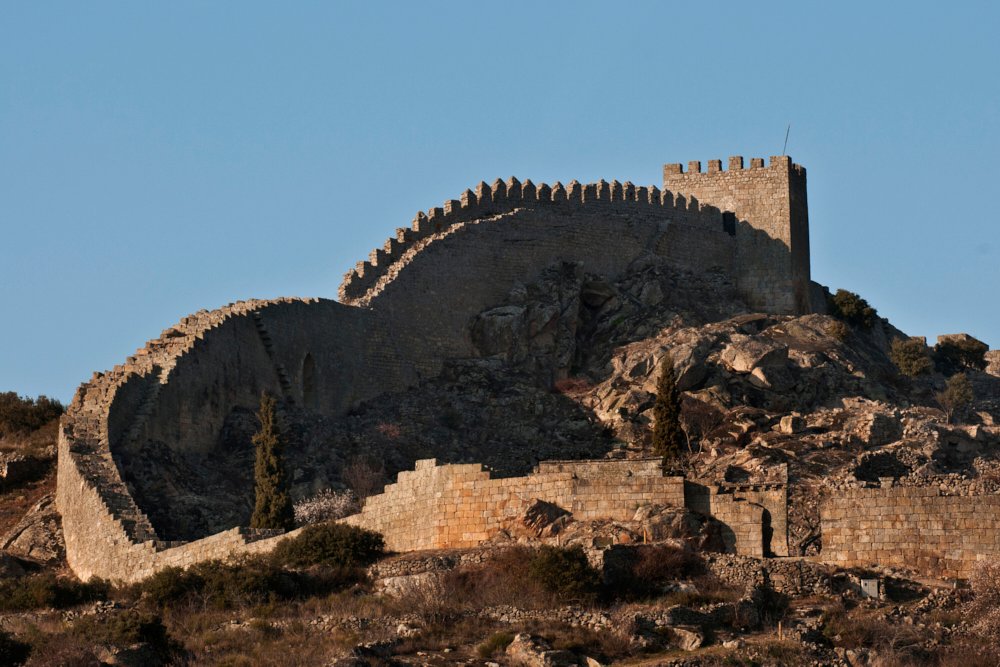
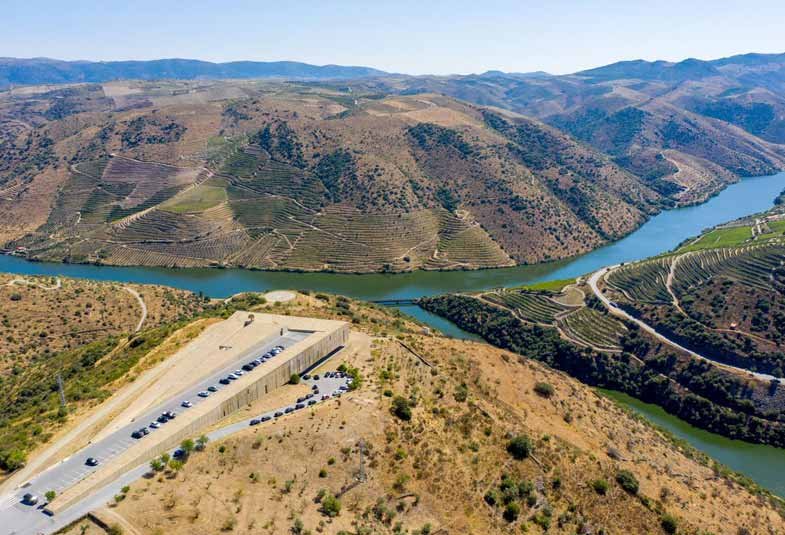
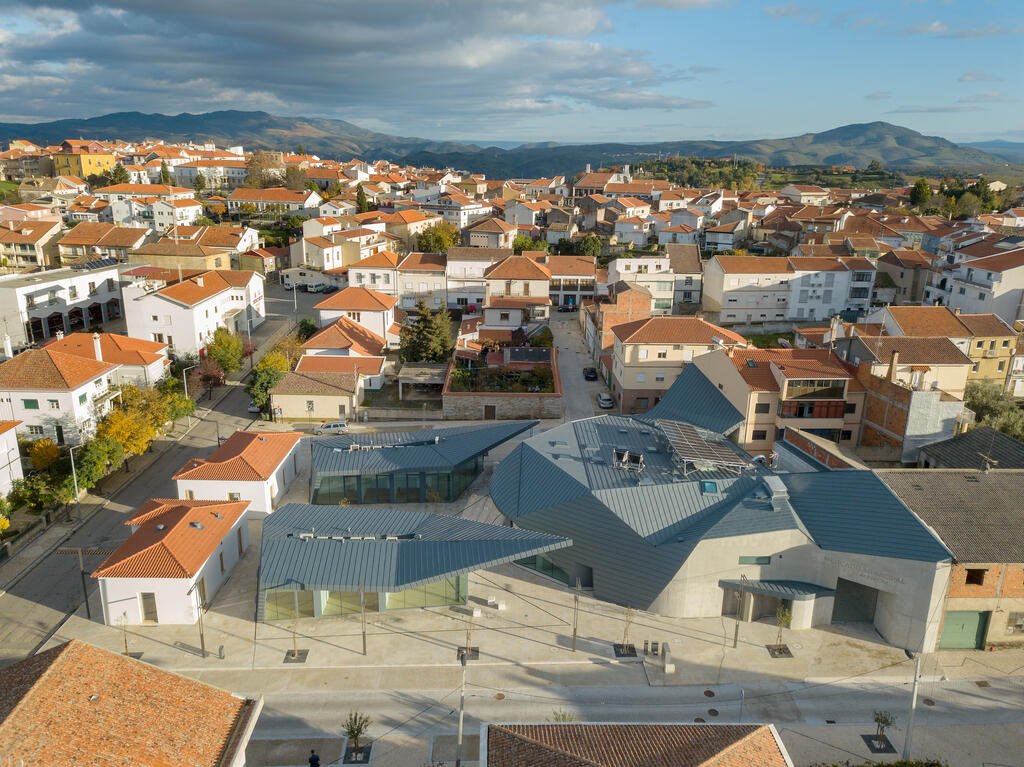
Freixo de Numão and Mêda
Located in the Upper Douro, these villages are quieter and less visited, ideal for exploring off-the-beaten-path wine estates and enjoying rural tranquility.
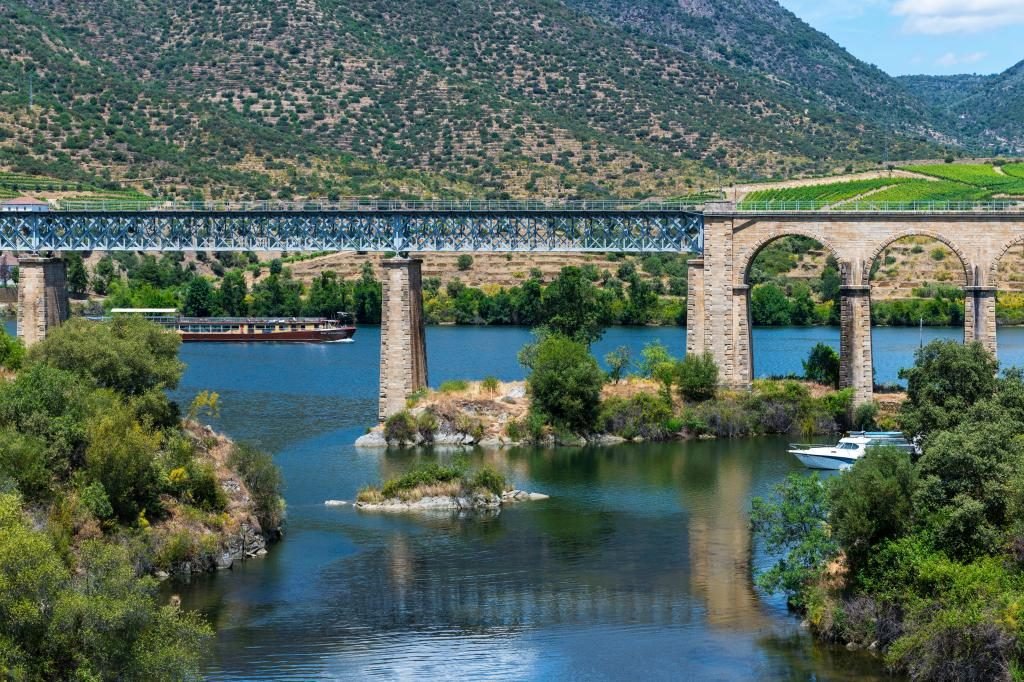



Top Activities in the Douro Valley
Wine Tastings and Vineyard Tours – Visit quintas such as Quinta do Seixo (Sandeman), Quinta da Pacheca, or Quinta do Crasto. Most offer guided tours, tastings, and in some cases, accommodation and meals.
River Cruises on the Douro River – From short one-hour tours to full-day or even overnight cruises, this is a relaxing way to appreciate the landscape. Departure points include Régua and Pinhão.
Train Ride from Porto to Pocinho – A scenic journey that follows the river closely, especially beautiful between Régua and Pinhão.
Hiking and Cycling – There are several marked trails through the vineyards and along the riverbanks. Autumn, during harvest season, is particularly scenic.
Harvest Participation (Vindimas) – From late August to early October, some wineries allow visitors to take part in grape picking and traditional grape stomping.
Recommended Restaurants
DOC (Folgosa) – Run by chef Rui Paula, this riverside restaurant offers contemporary Portuguese cuisine with a focus on regional ingredients and an extensive wine list.
Castas e Pratos (Régua) – Located in a former railway warehouse, this modern restaurant serves creative dishes with a strong emphasis on Douro wines.
Quinta da Pacheca Restaurant (Lamego) – Offers traditional dishes with seasonal ingredients, served in a refined setting within the estate.
Taberna do Jeréré (Pinhão) – A more casual option serving regional dishes like posta mirandesa and bacalhau com broa.
Travel Tips
When to Visit: The best time to visit is between April and October. Harvest season (late summer to early autumn) offers the most immersive experiences.
Getting There: The valley is around 1h30 to 2h from Porto by car. Trains also run from Porto (São Bento or Campanhã stations) to Régua and beyond.
Where to Stay: Consider staying in a vineyard estate (quinta) for a more authentic experience. Options include Six Senses Douro Valley, The Vintage House Hotel, or boutique properties like Casa do Visconde de Chanceleiros.
Driving: Roads are narrow and winding, but they allow access to remote viewpoints and quintas. Hiring a local driver or joining a guided tour may be a better option for some visitors.
The Douro Valley is a region where wine, nature, and culture intersect. Whether you’re tasting world-class wines, cruising along the river, or exploring historic towns, the Douro offers an enriching experience rooted in authenticity. Plan your visit with care, and the valley will reward you with memorable landscapes, flavours, and traditions that define northern Portugal.